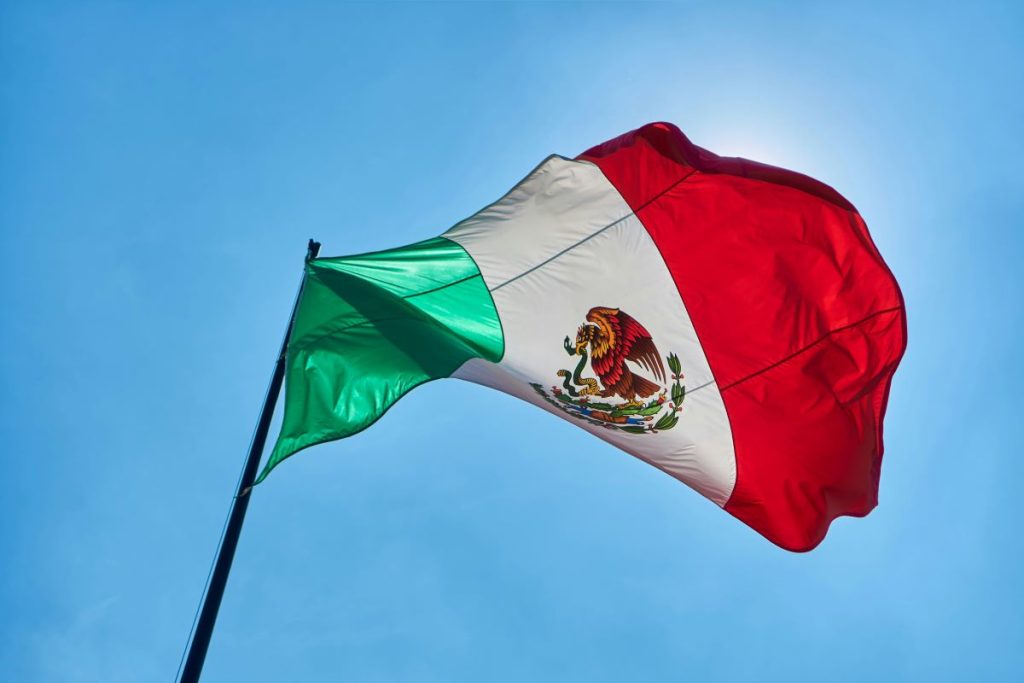New Import Rules Target Textile Trade Loopholes and Nearshoring Practices
Mexico’s government has enacted stricter tariff measures on apparel imports, aiming to bolster the domestic textile industry and curb trade loopholes exploited by international e-commerce sellers. President Claudia Sheinbaum’s December 19 decree introduces additional tariffs of 15% to 35% on select apparel categories and restricts duty-free privileges under the IMMEX program.
These changes mark a significant shift for businesses leveraging Mexico’s proximity to the U.S. to avoid tariffs on Chinese goods—a practice commonly referred to as “border-skipping.
Impacts on Nearshoring and Cross-Border Trade
The newly enforced tariffs and tighter trade rules come as a blow to apparel brands relying on Mexico’s Section 321 loophole. This provision allowed importers to use Mexican warehouses as distribution hubs for low-cost goods destined for U.S. consumers without incurring tariffs.
“The elimination of duty-free imports under these rules is pushing apparel brands to reassess fulfillment strategies,” said Ryan Martin, president of distribution and fulfillment at ITS Logistics. “Many are now considering reshoring operations to the U.S. or seeking alternative trade solutions.”
By limiting access to duty-free import privileges through IMMEX, Mexico aims to shield its textile sector from Chinese competition and strengthen its position in global trade. This approach also helps Mexico navigate potential trade friction with the U.S. by addressing imbalances in cross-border commerce.
A New Era for Apparel Supply Chains
These developments reflect a broader shift in global trade policies, where nations are increasingly prioritizing domestic industries over the benefits of globalization. Mexico’s decision underscores a growing trend of regional protectionism, which can have ripple effects on supply chain strategies across industries.
For supply chain leaders, this move presents both challenges and opportunities. On one hand, businesses reliant on nearshoring in Mexico now face higher costs and logistical complexity, driving them to explore reshoring or alternative nearshoring locations such as Central America or even Southeast Asia. On the other hand, these changes might spark innovation in logistics and technology, as brands seek to optimize supply chains while mitigating new tariff impacts.
This policy shift also raises questions about long-term trade relations in North America. Mexico’s tougher stance may position it as a stronger player in regional manufacturing, but it risks disrupting the delicate balance of cross-border trade, particularly if U.S. companies push for retaliatory measures or seek more favorable terms elsewhere.
In the end, agility and adaptability will determine which companies thrive in this new era. As global trade policies become less predictable, supply chain leaders must focus on building resilient, diversified networks that can weather regional disruptions. While Mexico’s measures may seem restrictive now, they could pave the way for stronger, more balanced trade relationships in the long term—provided stakeholders navigate the transition carefully.




